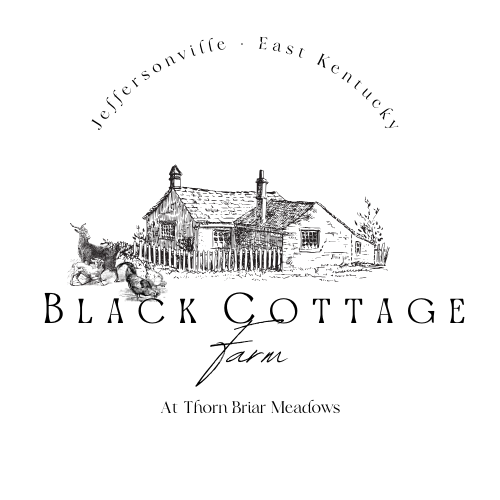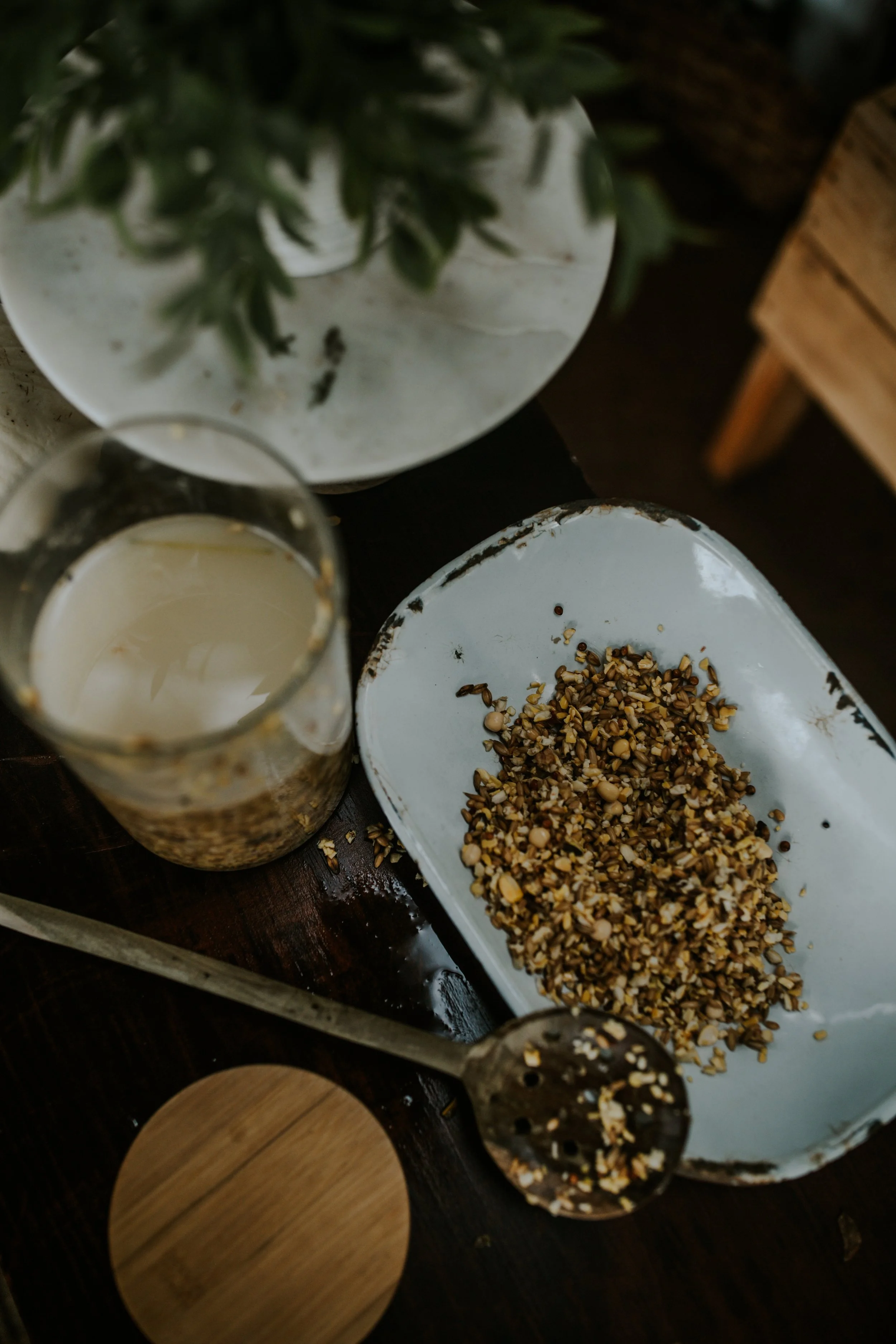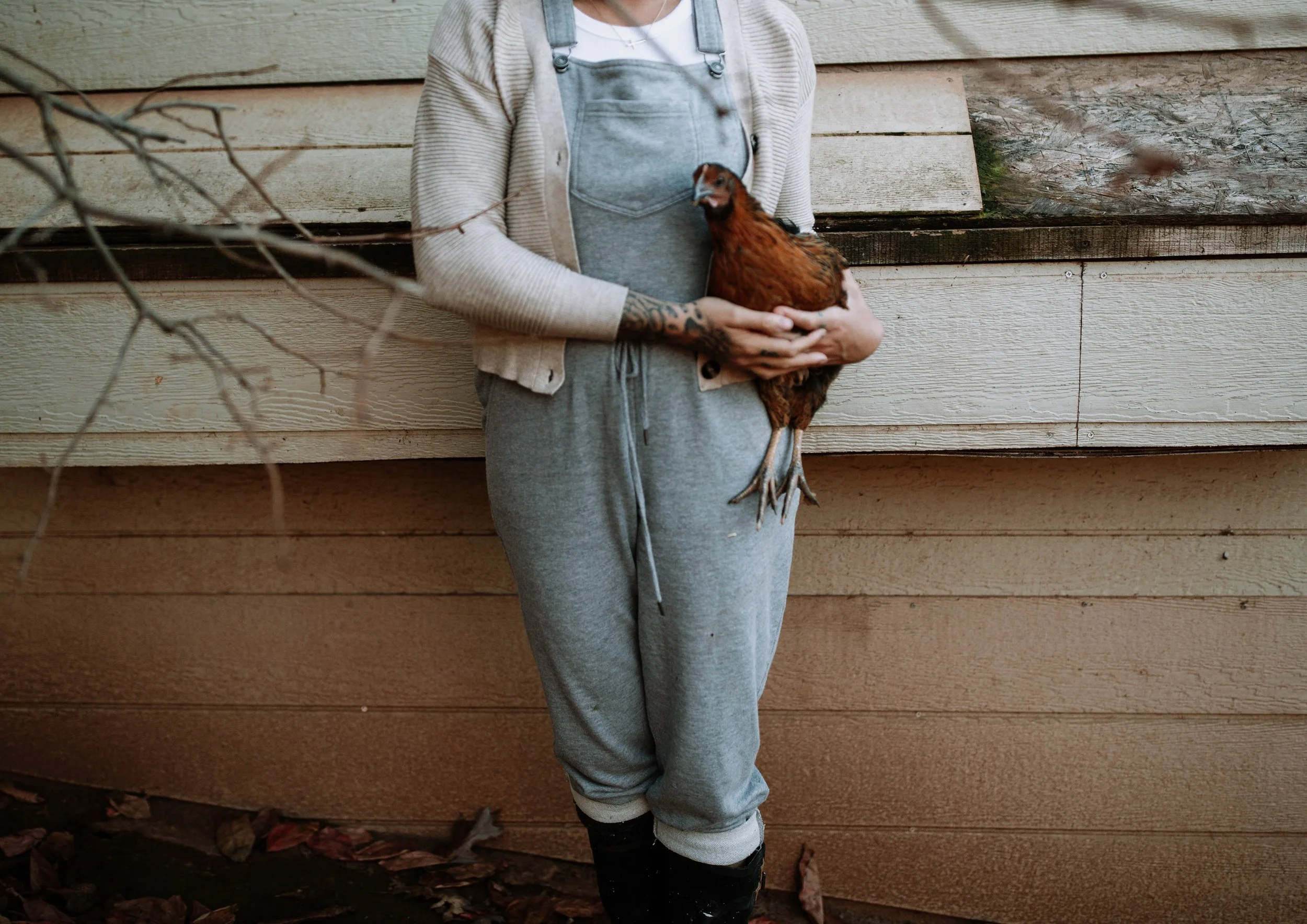Fermenting Chicken Feed
WHAT IS FERMENTED FEED
Fermented feed can be either organic scratch grain or whole feed (not pellets) which is a combination of a multitude of organic vegetables, oats, corns, peas, barleys, grub proteins, (which are considered the high archy in comparison to fish protein I hear), and other minerals and grasses such as alfalfa. You take these grains or feeds and add them to a glass container or food grade bucket and fill it with water reaching a few inches above the feed. Stir daily and start feeding it back after day 3.
In short, by soaking the feed you are starting the process of lacto-fermentation which just like in our fermented foods, the Lactobacillus (and a few other bacteria and yeasts) creates all of the same benefits and makes the nutrients more bio-available.
HOW THE FERMENTATION PROCESS WORKS
I’m sure you’ve heard the assumption that claims most people today are “gluten intolerant”. It’s been quite proven that most people are completely fine with gluten unless you’re a celiac or have celiac disease. So what then is causing bloating and discomfort? Well, grain is encapsulated by enzyme inhibitors and phytic acids found in all types of seeds, legumes and grains that make digesting them difficult on the body for some. In humans this can cause the bloating, water retention and other symptoms causing them to assume they are gluten intolerant. Fermentation processes like sourdough for example, starts to eat away at the inhibitors and greatly improves the digestibility and bio-availability of grains, thus making it more nutrient absorbable.
By your second or third day of soaking, there will be a suitable amount of lactic acid in the grains making the environment unstable for any bad bacteria and leaving behind all of the beneficial microbes that ferments such as kombucha, kimchi and sauerkraut are known for.
The quick explanation is that lacto-fermentaion acts as a preservative and enhancer for foods. It helps normalize the acidity in the stomach, provide digestive balance and the absorption of nutrients. In the case of our flocks, fermented feed has been shown to increase egg weight, shell and overall egg thickness, boost gut health and immune support.
HOW TO CREATE A BATCH
I have 65 hens and should be using about a 5 gal container to hold all of the feed (so I’ll need to get on that) but if you have a smaller flock 1 gal or less should be sufficient. You could even keep it in gallon Mason // Ball jars.
NOTE: I honestly don’t feel comfortable using plastic and am considering just using 5 different gallon jars, since plastic is porous and also may contain BPA which can leach out in the fermentation processes. If you’re not paranoid like me, you can just buy the food buckets and ensure they are BPA-free.
Step 1: Add your feed about 1/3 of the way ( you want to allow room for your feed to expand).
Step 2: Add your water (Dechlorinated. Chlorine kills bacteria, even good bacteria).
Step 3: Place a lid on your container(s) and leave at room temp for 3-4 days. Once a day or so, ensure that you use a wooden spoon to stir and add more water as needed, ensuring that the feed stays submerged. I like to see about 2 inches above feed.
You’ll start to see bubbles on the top of the water. This is good! This is the gasses from the ferment happening. The water will also appear cloudy and when you stir, the feed will have a sweet fermenty type aroma. If you see mold, or it smells bad or rotten, you’ll have to start over. If it begins to smell hoochy or like alcohol, you may be able to save it by adding a tablespoon of apple cider per every gallon of feed.
After 3-4 days, you can start feeding back to your flock. Every time I take out, I add as much new feed back in and stir, to keep the process going.
The feeds I recommend - New Country Organics and Grubbly Farms (their pelleted options is not the pellets you see in your tractor brands. They are whole foods)
I like the way you can actually see all the individual ingredients instead of a pellet that is pre formed




